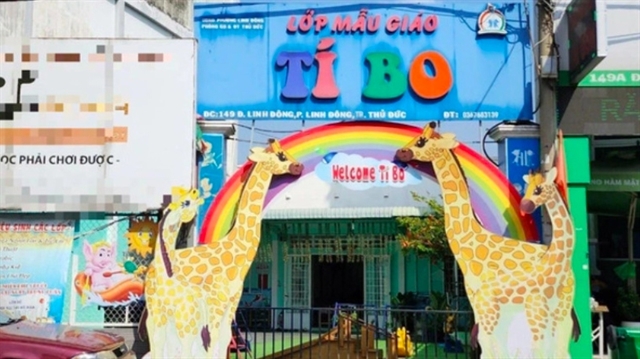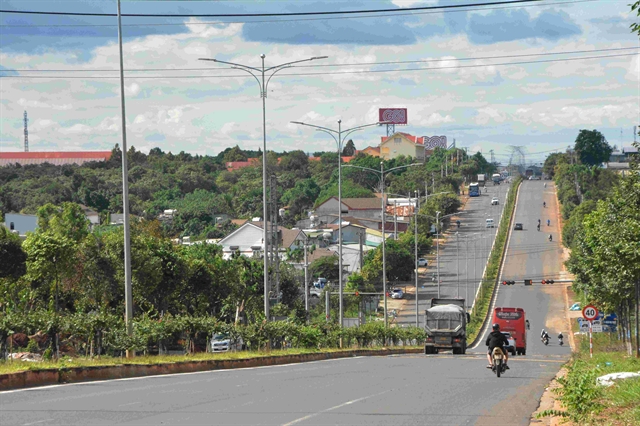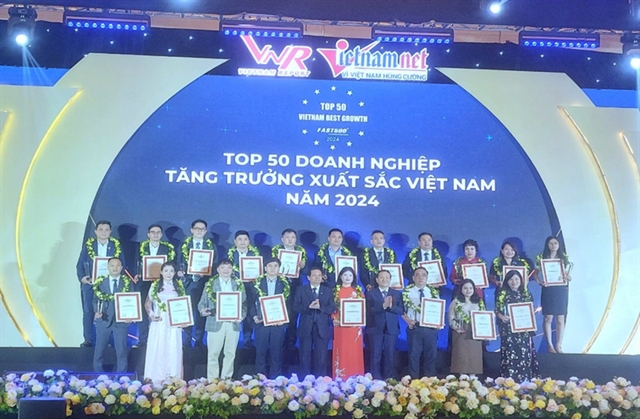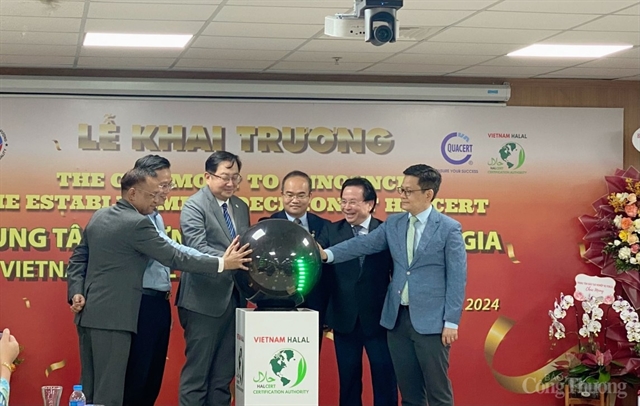 Environment
Environment

 |
| The seminar on the forest carbon market was organised on December 20 in Hà Nội. — Photo qdnd.vn |
HÀ NỘI — The carbon market has been promoted by the international community as an effective financial mechanism to reduce emissions, prevent deforestation and forest degradation, protecting forests. Currently, there are diverse forms of buying, selling, exchanging, and transferring carbon credits around the world.
For the carbon credit trading price, in the voluntary carbon market, the trading price may be lower for exchange, supporting capacity building.
As for the mandatory carbon market, depending on the policy and priority of each country, the price can fluctuate from a few US dollars to hundreds of US dollars per tonne of CO2 depending on the areas' priority levels. These resources will be directed to invest in afforestation, forest restoration, or support communities to improve livelihoods to minimise the impact of forest degradation.
The information was disclosed at the seminar titled "Forest carbon market: results after COP27 and roadmap to build a forest carbon market in Việt Nam” organised by the Directorate of Forestry, Ministry of Agriculture and Rural Development (MARD) in collaboration with the Norwegian Embassy on Tuesday in Hà Nội.
From 2017 to 2019, the world recorded positive signs for the development of the forest carbon market, with nearly US$400 million generated from global voluntary carbon market transactions. At least $5.9 billion has been paid out for forest carbon offset projects globally, and around $1.3 billion has been leveraged by parties to support developing countries' developments in forest protection.
However, these transactions are still not adequate with the true potential of the forestry sector and are influenced by international regulations on the operation of carbon market mechanisms and national policy frameworks.
According to Trần Quang Bảo, Deputy Director of the General Department of Forestry, Ministry of Agriculture and Rural Development, for current voluntary activities in natural forest resources that are the property of the State, these natural forests are assigned to organisations, individuals and communities.
As for companies that buy and sell at market prices, specific negotiations are needed to ensure reimbursement of the investment value of forest planters or investment from the State budget.
In addition, the Ministry of Agriculture and Rural Development signed a Letter of Intent in 2021 on reducing emissions in the South Central region and Central Highlands from 2022 to 2025, focusing on reducing emissions from forest loss and forest degradation. The expected amount of CO2 being transferred is about 5.2 million tonnes.
Phạm Thu Thủy, Director of the Global Program on Climate Change, Renewable Energy and Low Carbon Development (Cifor - Icraf), said that since COP26 and COP27, there have been foreign organisations that came to Việt Nam with the desire to invest in the carbon market. However, one of the problems these parties are concerned about is the lack of a legal framework.
According to Thủy, to promote the carbon market, it is necessary to have policies and multi-sectoral coordination to address the causes leading to deforestation and forest degradation. Policies and support for behaviour change include financial incentives as well as non-financial incentives.
Agreements between countries and the new step of Article 6 at COP27 regulating the operating principles of carbon markets present both opportunities and challenges for countries, including Việt Nam in the design and implementation of forest carbon markets in an efficient way. — VNS









